Oliver Zimmert
Remote Driving on Plant Grounds with State-of-the-Art Cloud Technologies
#1about 6 minutes
Automating post-production vehicle logistics on plant grounds
The project's vision is to create an industry-ready solution for autonomously managing vehicle logistics on manufacturing plant grounds after production.
#2about 4 minutes
Defining the four core technical goals for the platform
The platform is built on four key objectives: creating a digital environmental model, enabling high-precision routing, maintaining a near-real-time cloud infrastructure, and integrating with enterprise systems.
#3about 3 minutes
Detailing the automated logistics use case and tech stack
Specific automated processes include test drives, charging, and moving vehicles to parking, all managed by an AWS backend built with Terraform, Java, Kafka, and Angular.
#4about 4 minutes
Building an environmental model with LiDAR IoT sensors
LiDAR sensors create a detailed point cloud of the surroundings, which is processed to detect objects, obstacles, and viable routes for the vehicles.
#5about 8 minutes
Designing the AWS architecture for real-time vehicle control
The AWS architecture handles high-volume, low-latency data from vehicles and on-premise systems using services like EKS, Transit Gateway, and GuardDuty for secure and scalable processing.
#6about 3 minutes
Implementing a comprehensive system monitoring strategy
A three-part monitoring strategy uses Grafana for metrics, Elasticsearch and Kibana for log analysis, and Dynatrace for microservice tracing to ensure system health and performance.
#7about 7 minutes
Answering questions on data volume, challenges, and databases
The discussion covers processing terabytes of raw data, the challenge of reliable vehicle-to-cloud communication, and using DynamoDB for near-real-time performance.
#8about 7 minutes
Discussing team structure, agile methods, and microservices
The team uses SAFe to coordinate frontend and backend development, balancing agile software practices with slower hardware lifecycles, and leverages microservices for scalability.
#9about 6 minutes
Explaining security protocols and career opportunities
Security is ensured through two-way DTLS with a custom encryption algorithm and certificate-based handshakes, followed by a discussion on career opportunities at the company.
Related jobs
Jobs that call for the skills explored in this talk.
Matching moments
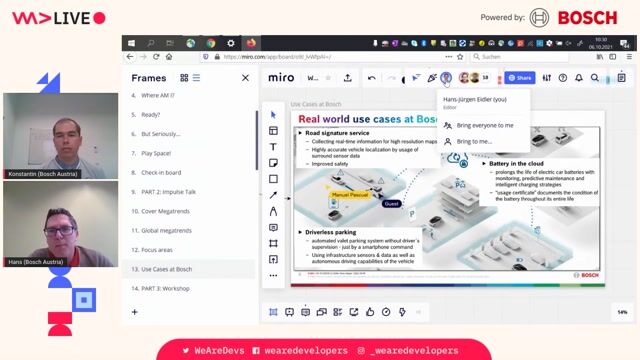
27:16 MIN
Exploring real-world automotive use cases from Bosch
On developing smartphones on wheels
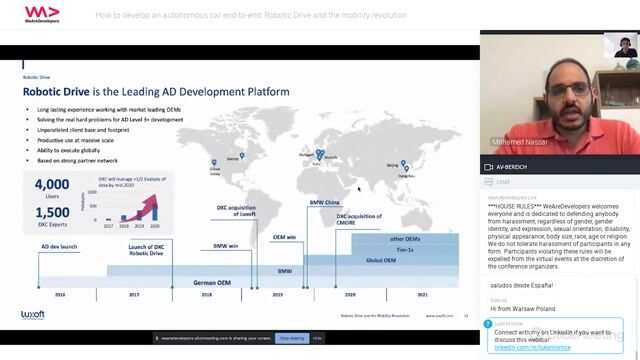
18:10 MIN
Managing massive data scales with the Robotic Drive platform
How to develop an autonomous car end-to-end: Robotic Drive and the mobility revolution

07:01 MIN
Building a unified in-house connectivity platform from scratch
Fleet Management - Reinvented

04:44 MIN
Using AI to boost developer productivity at Mercedes-Benz
Beyond the Hype: Real-World AI Strategies Panel
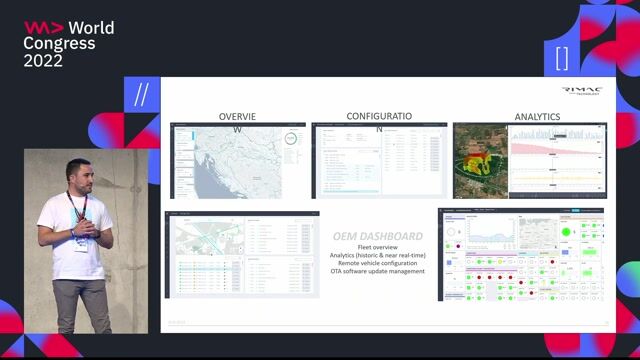
09:14 MIN
Engineering dashboards, customer apps, and over-the-air updates
Fleet Management - Reinvented

30:30 MIN
The connectivity platform for telemetry and remote commands
Software stack under and over the hood of the fastest accelerating car in the world

07:19 MIN
Bridging data center expertise with automotive software needs
The best of two worlds - Bringing enterprise-grade Linux to the vehicle

12:04 MIN
Understanding the scale and technical stack of Giravolta
Sustainable Mobility – Giravolta
Featured Partners
Related Videos
 1:18:27
1:18:27How to develop an autonomous car end-to-end: Robotic Drive and the mobility revolution
Ulrich Wurstbauer & Mohamed Nassar
 26:55
26:55How Machine Learning is turning the Automotive Industry upside down
Jan Zawadzki
 1:51:43
1:51:43On developing smartphones on wheels
Hans-Jürgen Eidler
 1:47:33
1:47:33The future of automotive mobility: Upcoming E/E architectures, V2X and its challenges
Georg Kühberger & Manuel Pascual
 44:40
44:40Enabling automated 1-click customer deployments with built-in quality and security
Christoph Ruggenthaler
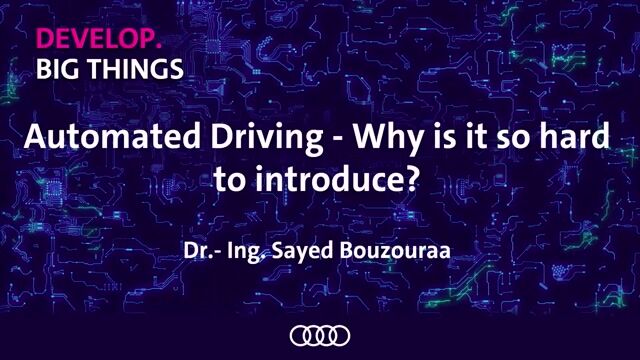 31:23
31:23Automated Driving - Why is it so hard to introduce
Sayed Bouzouraa
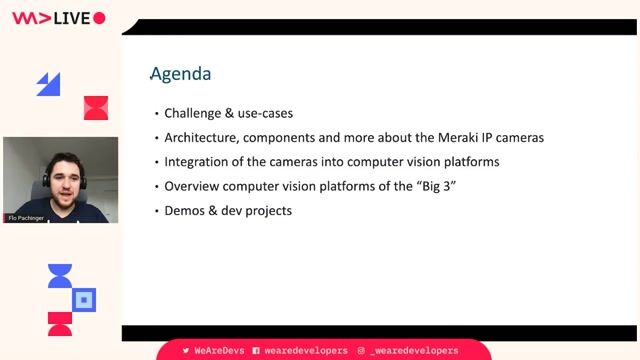 48:38
48:38Computer Vision from the Edge to the Cloud done easy
Flo Pachinger
 45:58
45:58Data Fabric in Action - How to enhance a Stock Trading App with ML and Data Virtualization
Andreas Christian
Related Articles
View all articles



From learning to earning
Jobs that call for the skills explored in this talk.

ML Data Engineer - Computer Vision, Video & Sensor Data
autonomous-teaming
Canton of Toulouse-5, France
Remote
ETL
NoSQL
NumPy
Python
+4

Entwickler Embedded Software für autonomes Fahren
dspace digital signal processing and control engineering GmbH
Paderborn, Germany
Remote
C++
GIT
Linux
DevOps
+1

AI & Embedded ML Engineer (Real-Time Edge Optimization)
autonomous-teaming
Canton of Toulouse-5, France
Remote
C++
GIT
Linux
Python
+1

AI & Embedded ML Engineer (Real-Time Edge Optimization)
autonomous-teaming
München, Germany
Remote
C++
GIT
Linux
Python
+1

Sr Solutions Architect GenAI, Automotive&Manufacturing GenAI SA
Amazon.com, Inc
München, Germany
Senior
DevOps
Amazon Web Services (AWS)

Sr Solutions Architect GenAI, Automotive&Manufacturing GenAI SA
Amazon.com, Inc
München, Germany
Senior
DevOps
Amazon Web Services (AWS)

Lead Engineer - Agentic AI Platform (AWS, Bedrock, Multi-Tenant Control Plane)
CloudiQS
Remote
£70-106K
Senior
React
Python
Node.js
+5


AI Cloud Delivery Architect - Trusted Advisor
Amazon.com, Inc.
Municipality of Zaragoza, Spain
Amazon Web Services (AWS)